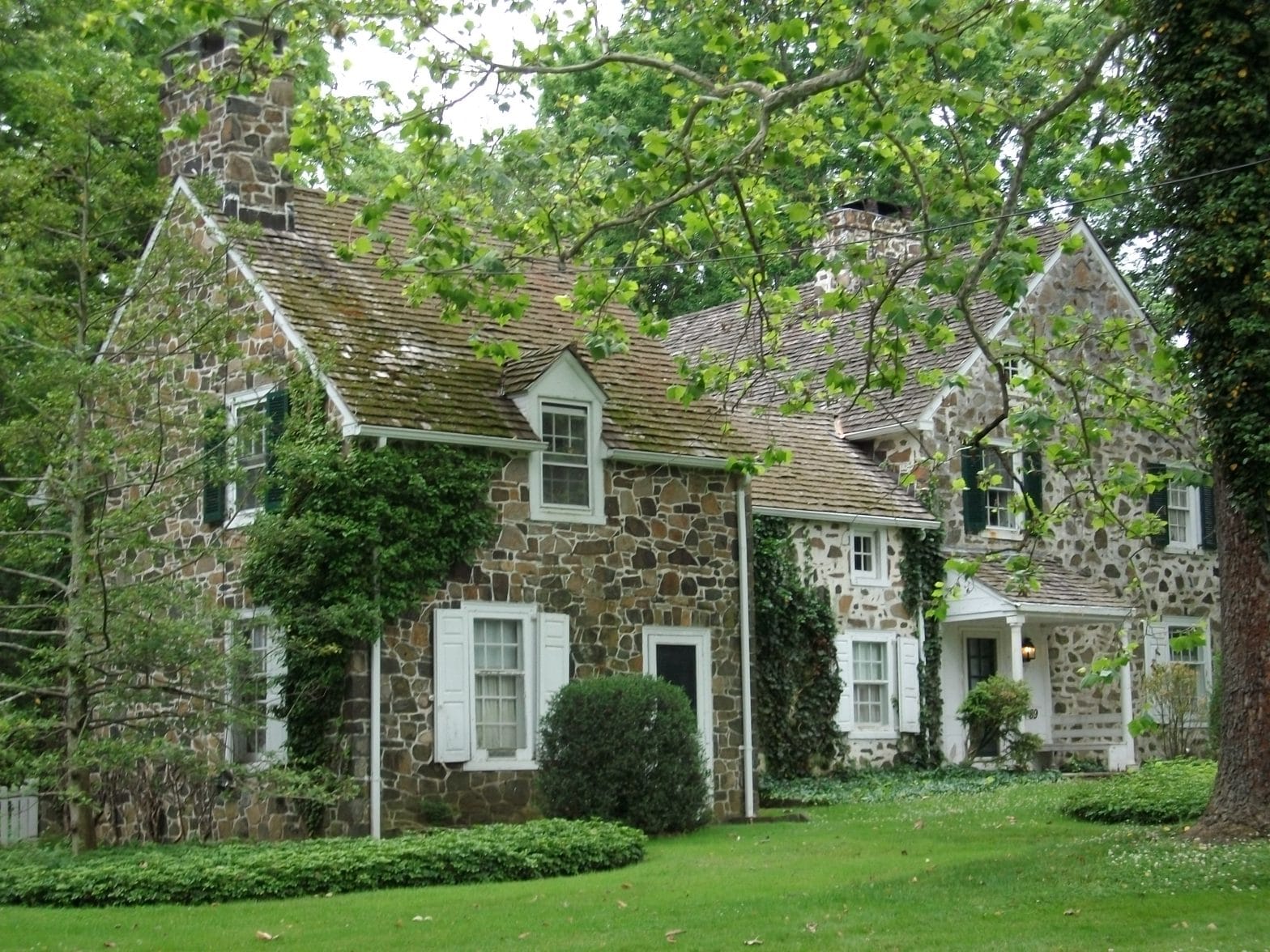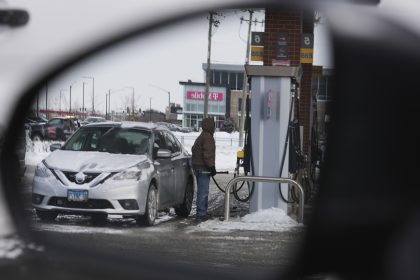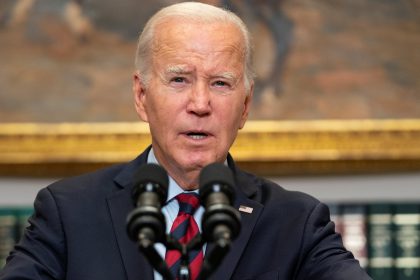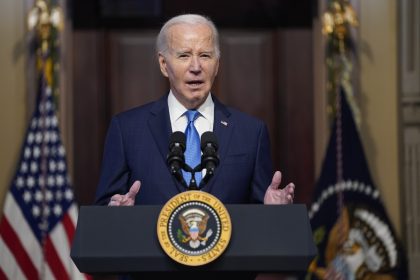Single-Family Home Construction Slowed More Than Expected in February

Construction of new single-family homes dropped more than expected in February, surpassing an 18-month low, the Commerce Department said Tuesday.
Last month, so-called “housing starts” slumped 8.7 percent to a seasonally adjusted rate of 1.16 million units — down from a 1.27 million pace in January, the department said.
Many economists had expected a more modest decline, suggesting a pace of 1.21 million units. The decline was the largest for the home construction sector in eight months.
Much of the downturn was due to a 17 percent drop in the construction of houses, as construction of apartments increased in February.
Single-family housing starts are running 2.3 percent below last year’s pace, and construction analysts point to several causes for this.
Because the labor market remains tight, builders are finding it difficult to find qualified workers and are paying them more when they do.
Prolonged stretches of cold weather in February also likely contributed to the decline in housing starts, while recent flooding in the Midwest will likely continue to tamp down on construction in that region.
As for February, the Commerce department said housing starts were in freefall in the Northeast for the month, declining a sharp 29.5 percent. They declined 18.9 percent in the West and 6.8 percent in the South.
Home construction increased 26.8 percent in the Midwest, but the gains came entirely from apartment complexes, the department said.
Meanwhile, building permits, a barometer of future building activity, declined by 1.6 percent to a rate of 1.296 million units in February, the second straight monthly drop.
At the same time, investment in homebuilding contracted 0.2 percent in 2018, the weakest performance since 2010.
Not all of the news on the housing front is so gloomy.
Freddie Mac, the mortgage finance agency, reported Friday that the 30-year fixed mortgage rate dropped to an average of 4.28 percent last week, the lowest in more than a year, which should help stimulate sales.
“The real estate market is thawing in response to the sustained decline in mortgage rates and rebound in consumer confidence – two of the most important drivers of home sales,” said Freddie Mac’s chief economist Sam Khater. “Rising sales demand coupled with more inventory than previous spring seasons suggests that the housing market is in the early stages of regaining momentum.”
Freddie Mac also said Friday that due to a recent increase in building permits issued, it anticipates total housing starts will gradually increase over the next two years with most of the growth coming from single-family housing starts.
Total housing starts are expected to increase to 1.27 million units in 2019 and to 1.33 million units in 2020, the agency said.























